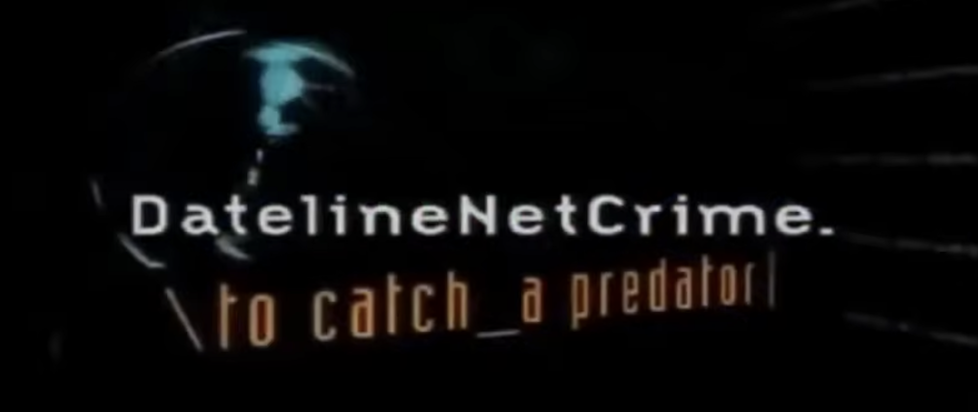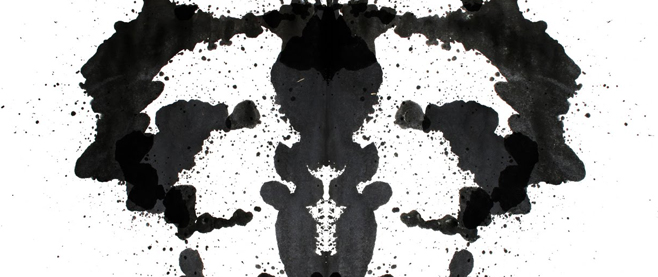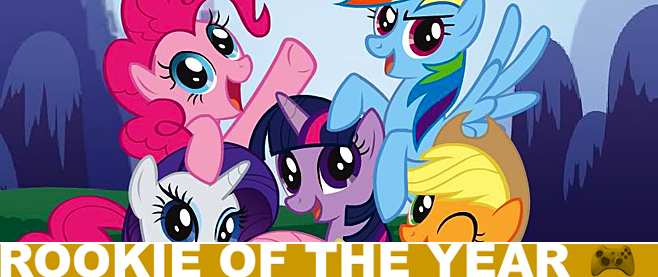
To Rewatch a Predator
When we consider the ratio of airtime to cultural relevance, few shows reach the same apex as Dateline’s To Catch a Predator. Even though there were only twelve investigations over the course of three years, the cinematic language of the show is famous enough to be instantly recognizable – the hidden cameras, the chat logs read by sardonic actors, the sudden emergence of journalist Chris Hansen from the shadows and his easygoing request for the mark to “Have a seat, right over there….” Even today, nearly twenty years after the show first aired, Hansen is synonymous with the pastime of “predator catching,” and still working as a liaison to police and vigilante operations intended to catch those who would abuse underage people.
I was a bit too young to experience the show when it was in the limelight – my first awareness of TCaP came from the memes of late-aughts, such as its presence in South Park and similar satirical comedies. It wasn’t until a year ago that I found my way back to the series as a curiosity, a result of my Youtube algorithm picking up on my love of cringe comedy and true-crime.
In watching the series in its complete form, I was first struck by the kitschiness of the investigations’ aesthetics. I’m not referring to the bazooka-cameras or the warm lighting, though: I’m referring to a very archaic, distant notion of the internet that the show presented. While the internet is nowadays defined by the walled gardens of social media, and is so prevalent that even the elderly are interfacing online, Hansen and Dateline show a glimpse of the web as the Wild West. The internet is something that still has to be explained, a foreign universe that, because it is unknown, must be feared. Chat rooms are unmoderated and bastions of vulnerability. The men who engage with decoys, and make plans to commit crimes, are anonymized villains until they show up at the sting house where they can be unmasked.
The earliest stings have a recurring theme common in True Crime as a genre: the notion that the suburbs are wholly unsafe, that strangers are actively malicious and predatory, that you cannot trust even those who are perceived as normal. Hansen serves as the left hand of the law, bringing attention to those with plenty to lose who still make a wager for a chance at sexual exploitation. A rabbi, doctors, teachers, and fathers are ensnared and prosecuted for their actions.
As the show progresses, though, there is a degeneration in the quarry of the TCaP team. The righteous indignation of the earliest stings fades into the background in favor of something more lascivious. As the investigations become more well-known, the scenarios escalate and take on almost a prank-show edge. Chris Hansen begins to read more of the filthy chats out during his interviews with the accused, he pokes more fun at them, and men are incentivized to strip upon entry to the sting house. It becomes a bit harder to find the comedy in these blunders when one realizes they are entirely scripted, manufactured to make their journalism all the more eye-catching.

I feel it important to segue for a moment to iterate that I believe TCaP did some real good in bringing public awareness to the internet as a place for those with less-than-good intentions to operate, and to bring attention to the ways uninformed teens made themselves vulnerable in that ever-present search for validation at that age. However, I can also believe that the show weaponized suburbanite fears and became far more entertainment than journalism by the end of its run. These things can be true at once.
As Hansen becomes more aggressive in his questioning, I watched the predators become more and more pathetic. The final sting in Bowling Green, Kentucky only caught seven individuals, all of whom have become memetic for their unique quirks and responses to the reality of their situation. It’s clear in the ways that the accused respond to Hansen’s interference that many are a few cards short of a full deck. This doesn’t absolve them of guilt or responsibility, of course.
Here’s my question: Was I laughing at the reactions of terrible people ruining their lives, or was I laughing at the quirks of people who, to some extent or another, are unable to fully recognize the severity of their offenses? The show’s most well-known catches are pretty blatantly people with some cognitive deficiencies.
By the end of the show, it was hard for me to make that distinction. I never stopped feeling disgust towards those caught in the sting, but it became more difficult for me not to pity them. I couldn’t help but think that some of these men were so pathetic that they’d never have been able to successfully prey on someone without an overeager decoy to remain engaged. Charlie Brooker of Black Mirror acknowledged this issue in an interview – he said, essentially, that a chief flaw of TCaP is that sympathy is directed towards the most pathetic.
Chris Hansen’s appearance toes the line between investigative journalist and bully, and while it’s a treatment that is not undeserved, it serves to highlight the blending of the state’s obligation to uphold the law and the media’s obligation to report on these violations. Issues arose in the Murphy, Texas sting when the Perverted Justice team and Dateline encouraged police to engage in a SWAT raid of a suspect who happened to be a Deputy Attorney General – the measured practices necessary for such action were ignored in favor of good television, and that pressure resulted in a suicide that served as the death knell for the series.

Given the modern internet’s habits of documenting those who have engaged in anti-social behavior, it’s not difficult to make a connection between the individuals publicized by TCaP and the modern character of the “lolcow,” who is gangstalked, documented, harassed, and “milked” for laughs by those who are angered by unusual, off-putting, or antisocial behavior. Talking about lolcows – especially in a way that perceives these individuals with sympathy – is often difficult because many of them are mentally-ill, antisocial, or obnoxious in some way or another. However, public shaming that is not based on maintaining a societal order but reveling in the act of shaming itself is just a legal form of vigilantism.
The individuals featured on TCaP are, by their continued presence in YouTube clips, wikis, and memes, sentenced far beyond their legal consequences for their misdeeds. Some might argue that it’s well deserved for the depravity of their actions – I wouldn’t disagree in full. However, when those people are robbed of the chance to reform themselves, to acknowledge their wrongdoing and move beyond it in some form or another, how can we expect them to move away from their antisocial behavior?
There’s not really a concrete answer to this question. Punishment in perpetuity – in particular for an attempted crime rather than a fully committed one – seems antithetical to the notion of sentences, and time served as the consequence of the crime. Reducing an individual to stereotypes, to past behaviors, only threatens to lock them into those dysfunctional patterns. Government registries provide the essential information for public safety in cases where it is deemed necessary.
TCaP’s legacy also endures via the internet pastime of Predator Poaching, which is often stripped of any legal support. Many of the individuals documented in these stings are only able to be punished via internet notoriety because those participating don’t include law enforcement in their operations. Recently, a few of these online investigators have begun extrajudicially assaulting suspected offenders, who have not been convicted in a court of law. The evidence of their attempted crimes is not moderated to any legal standard, and thus its validity has to be brought into question: is truth prioritized, or virality?
The insertion of vigilantism into the investigative reporting in Dateline compromises its ability to meaningfully participate in public safety. Wearing the veil of righteousness does not indicate authentic moral high ground. TCaP is one of the earliest examples of modern crime journalism that suggest, if not by words than by actions, that the narratives of crime and punishment are more important than adherence to the systems of law intended to manifest real consequence.
———
Joshua M. Henson has been playing video games since Doom II at the age of four, and hasn’t shut up about them since. You can find him on twitter posting very occasionally.





